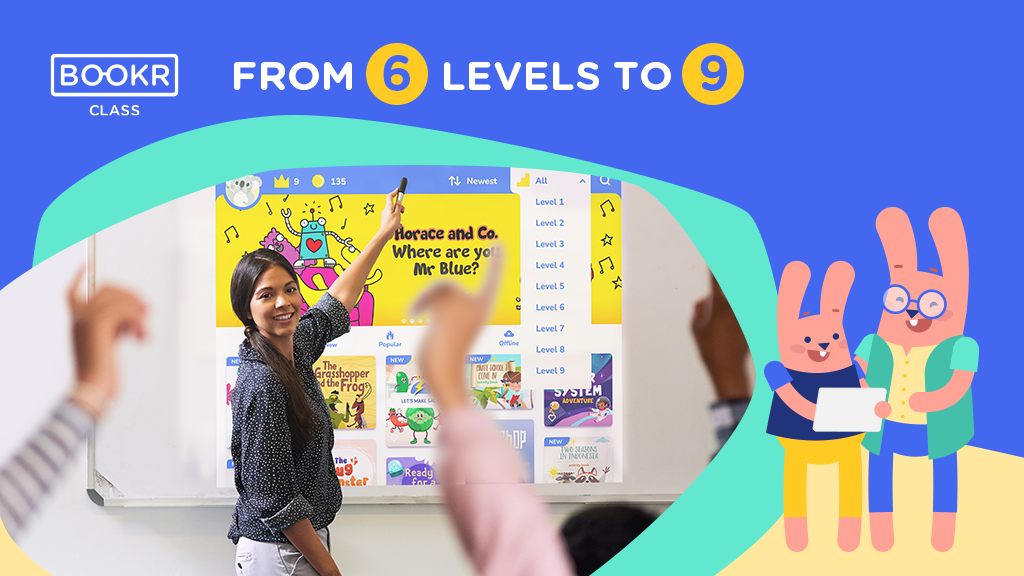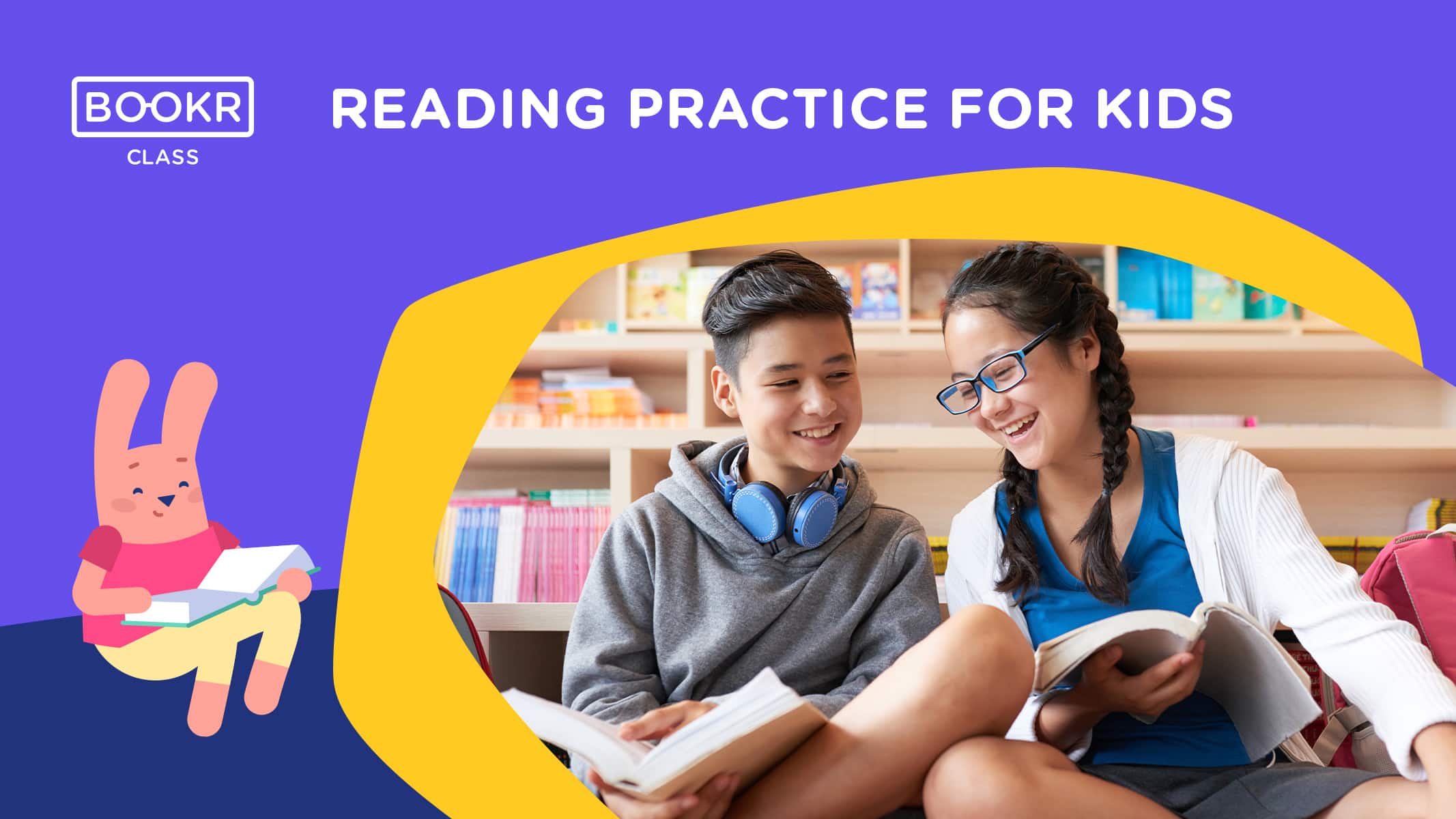BOOKR Class Earns Prestigious Certification from Education Alliance Finland
We’re thrilled to share that BOOKR Class has been rated “outstanding” by the Education Alliance Finland (EAF). Finland is famous for its educational system, continuously topping international rankings and evaluations. Education Alliance Finland (EAF) evaluates ed-tech products based on standards set by the Finnish educational system. EAF Certification is a huge honour reflecting pedagogy and technology excellence. Approximately half of evaluated products achieve EAF certification, reaffirming our confidence that our beloved product, BOOKR Class meets the highest international standards and can greatly contribute to the development of key 21st-century skills.

Table of content
The Evaluation

The Education Alliance Finland evaluation process
EAF’s standard offers an academically sound approach to evaluating the strengths and development areas of a product through the assessment of three focus areas: learning goals, pedagogical approach, and usability. An analysis using a contrary pair criterion determines how well the product supports learning of different skills.
The evaluator uses contrary pairs to diagnose skill-specifically the pedagogical approach which the product represents. The diagnosis is conducted by setting a slider in a position that describes the product’s approach between contrary pairs.
The Evaluator uses the same slider to describe the best possible approach and gives a rate (0-100) on how adequate an approach the product offers. All diagnoses and ratings are carried out by two separate expert-evaluators. Skills are diagnosed through the criterion, evaluators discuss and form a concluding diagnosis from two separate evaluations.
The rating highlights the strengths and development areas, mirroring them with the educational needs and product development opportunities. After highlighting development areas, the analysis collates suggestions on how to improve the product.
BOOKR Class Results
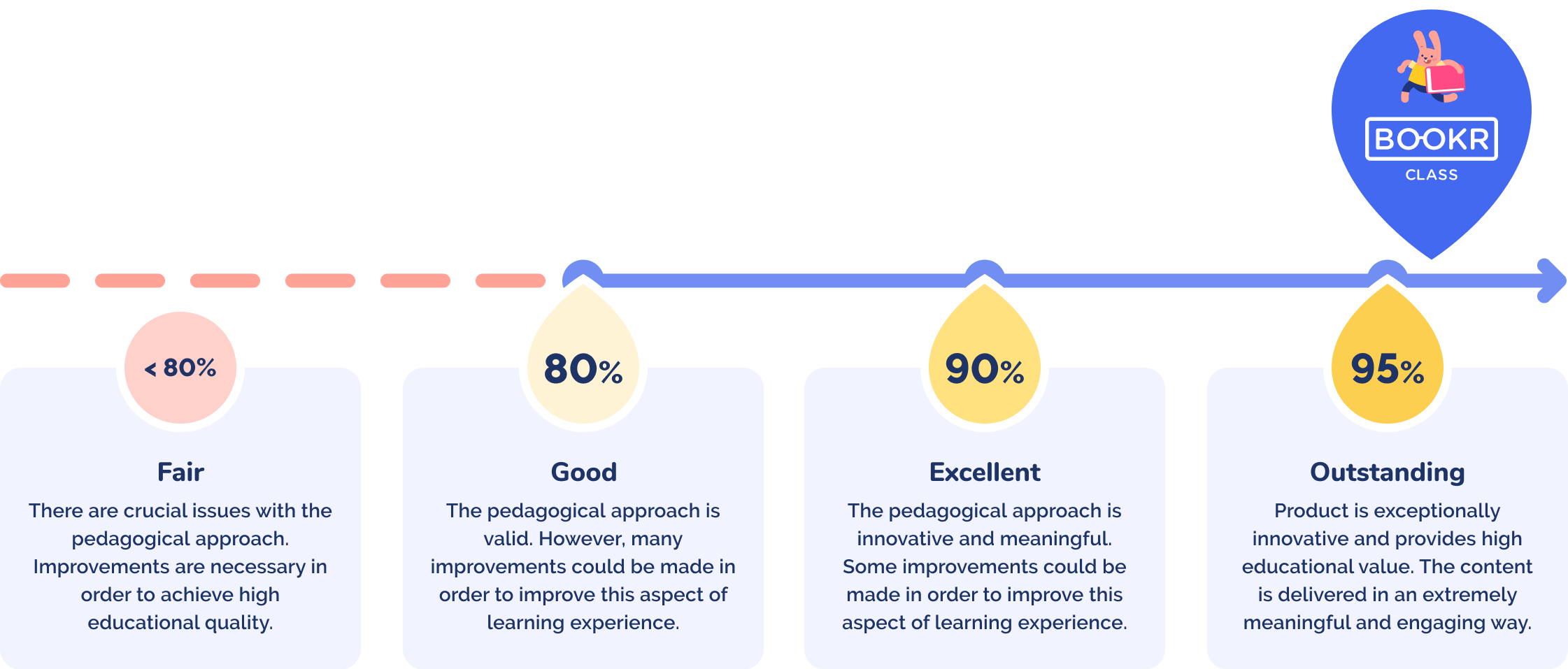
Besides attaining an outstanding 96% for pedagogical effectiveness, BOOKR Class is also proven to be “well supported and very engaging” with learning engagement rated 4.25 out of 5.
Key EAF Conclusions
Pedagogical Effectiveness
The review has concluded that BOOKR Class fully meets the learning requirements laid down in the Common European Framework of Reference (CEFR), This is a curriculum that has been widely used in and outside of Europe as a reference for English language teaching, and supports all primary skills.
These skills refer to second language written production, written interaction, spoken production, spoken interaction, reading comprehension, listening comprehension and linguistic competence.
According to the EAF report, BOOKR Class also has great strength in its multimodal approach since “all animations, sounds and small activities support reading and the understanding of the stories. The gamification mechanics indicate learners’ progress very well, but don’t take away the free exploration and joy of reading.”
Learning Engagement
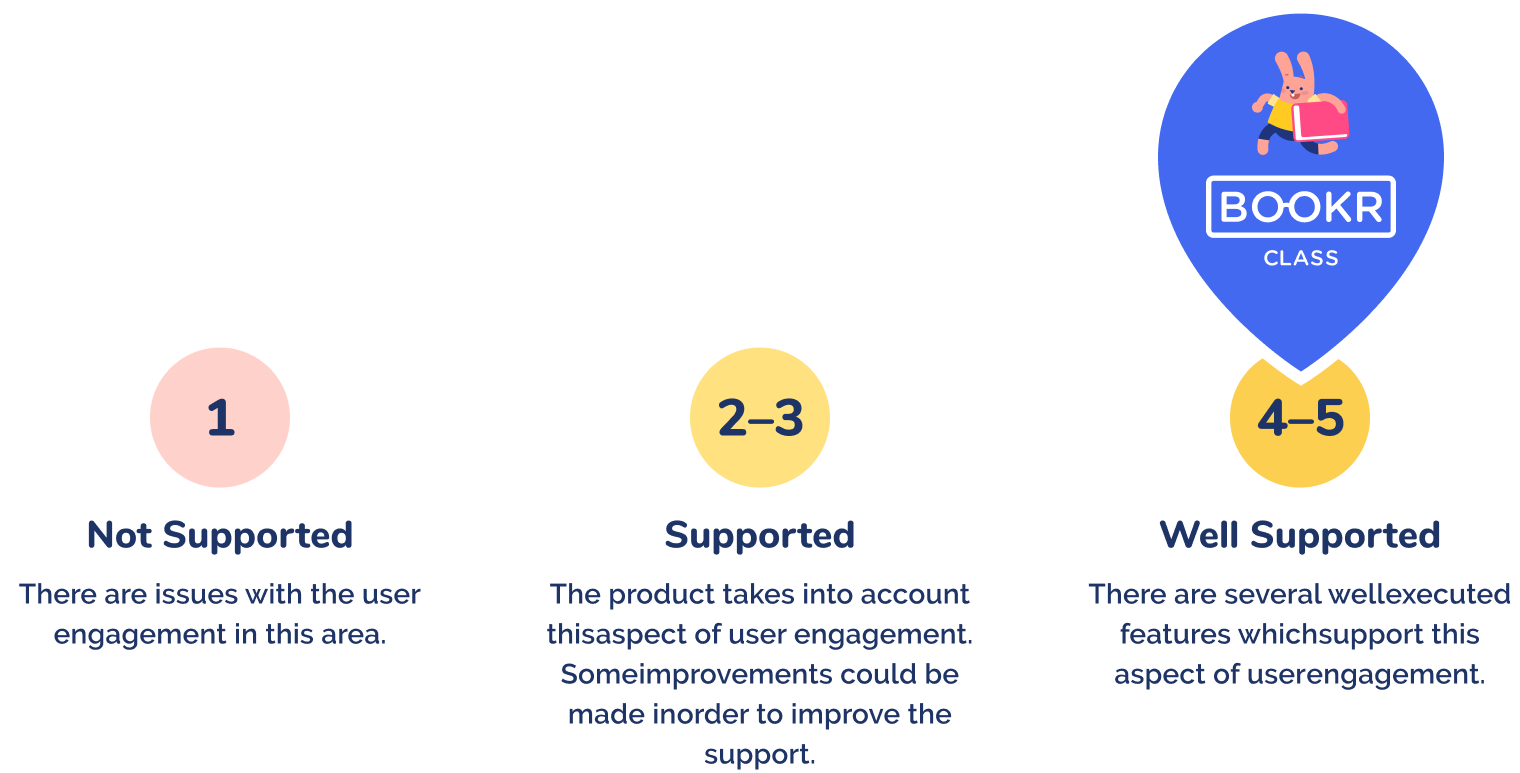
The evaluators highlighted the following components:
The best aspect of the evaluation process is that now we not only have information regarding the strengths of BOOKR Class, but EAF also pointed out some suggestions for further development. It’s inspiring to know that EAF’s suggestions were mostly aligned with our plans and soon you might see some of them come to life.

Psssst…goal setting and self learning mode are on their way
BOOKR Class was also proven to develops many 21st century skills crucial in today’s education. Let’s discuss them in more detail.
21st Century Skills that BOOKR Class Develop
Life and Career Skills
In this ever-changing world, it’s important for students to have a wide range of life skills so they can meet challenges that come their way. Drastic economical changes and transformations in technology have changed the world around us making it key to improve these skills.
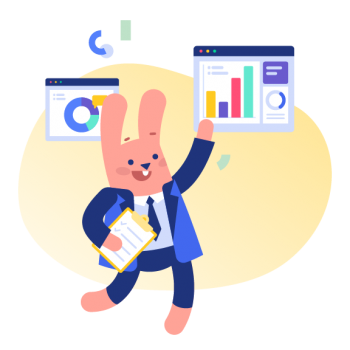
Benefits of life skills development for individuals include:
The BOOKR Class app features a variety of books to help students develop life and career skills. Non-fiction stories about teamwork, everyday problems or relationships with others serve as a foundation for learning how to resolve challenges more effectively.
Cross-disciplinary thinking is a term referring to the ability to gain deeper understanding on different topics by examining them from various disciplinary angles. The ability to think critically about problems and ideas is an important skill for students in any field. But it’s even more crucial when working together with other people on these topics.
Social skills are necessary to be able to interact and communicate with others in everyday life. The term refers to both verbal and non-verbal communication. and supports building personal and professional relationships. Understanding and improving social skills can benefit a successful career and healthy personal relationships.
Cross-cultural skills or competence is the ability to understand and respect people from different cultures. The skill is connected closely with the concept of global awareness which refers to the knowledge, competency and a value system that is open to other cultures.
Well-being is more than just feeling well. It’s a state of happiness, health and prosperity that one can improve through education. Teaching students stress management tools like meditation will result in healthier young adults who are better able to handle conflicts without losing control; they’ll also learn how social connections affect them emotionally while understanding that there needs to be balance between all three aspects: physical, emotional and environmental well-being.
In today’s changing world, good work life skills are more important than ever. These abilities cover core knowledge, understanding instructions and teamwork in order for a future employee or entrepreneur to be successful at what they do. Key factors that contribute positively towards this success include a willingness to take action, persistence and teamwork. A successful entrepreneur knows how to think outside the box and nurture talents.
Learning and Innovation
Innovation is all about finding new and better ways of doing things. People have been innovating since ancient times, but it’s becoming more common in recent decades as technology has advanced and people are constantly finding new ways to use tech to make their lives easier or better.
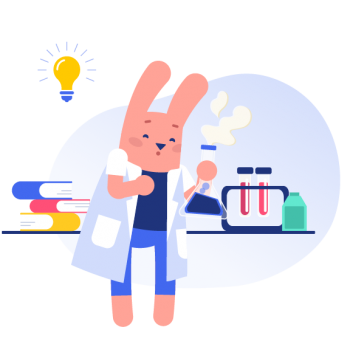
Cognitive and thinking skills are mental activities, such as perception, understanding, memorising, reasoning, justifying and questioning. These skills are quintessential from our earliest years of understanding ourselves and the world to interpreting intentions and growing into professionals in our field. These are the skills needed to process information and to work with gained knowledge; in other words, the basis of learning, critical thinking and decision making.
Over recent decades, creativity has gained more and more importance in our everyday lives not only in arts and sciences, but also in personal growth. Creativity helps people express themselves in their own ways, produce something new and a different activity, and a goal to pursue. A creative individual typically displays originality, imagination, and expressiveness.
Innovation is the execution of a new idea or work. It enables us to put our creativity into practice and reach the goal. Creativity together with innovation bring positive change into our lives, our community and the environment.
Learning to learn is the skill for independent growth and improvement, managing one’s own learning process, and the ability to persist. Having this awareness and perseverance as an individual or as a member of a group is an indicator of work ethic, ambitions and motivation for self-improvement. Despite the complexity of the skill, we start to develop it at a very early stage when we try to reach set goals at school by managing time wisely, finding the best strategies or learning techniques and reflecting on ourselves as learners with preferences.
Critical thinking and problem-solving is a way of thinking which facilitates the consideration and testing of ideas for a better understanding and outcome. The expression ‘critical thinking’ might trigger a negative connotation but the aim is undoubtedly to give constructive feedback and to lead to effective problem solving. By questioning decisions and evaluating opinions using these two skills we might end up improving living conditions and even protecting our environment.
Information & Technology
As teachers of today’s generation you hold the power to shape tomorrow’s world by helping learners develop into responsible citizens equipped with the knowledge and skills needed when faced against new challenges. Infusing technology into the classroom can help them learn this using more engaging digital devices like tablets or laptops.
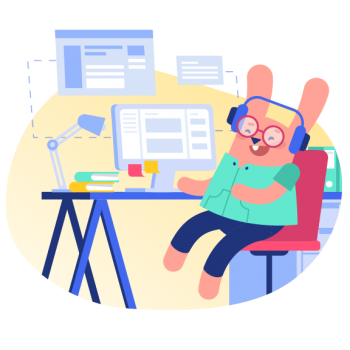
Educators might feel intimidated by introducing new technologies; they think “I’m not an expert.” But you don’t need much technical knowledge – your expertise comes in knowing how to make sure children learn best by using the right innovative tools together (and responsibly).
Teaching learners to be critical thinkers when using information and communication technologies (ICT), not only for schoolwork but also personal interests outside of class hours is also highly important. Maintaining digital citizenship requires understanding cybersecurity threats as well as ethical practices such as online shopping without becoming victims of fraud.
Information and media literacy is the ability to critically analyse information sources, make informed decisions when dealing with different types of media messages – be they on social networks or traditional news programs. Our goal is to promote an awareness of media influence and create an active stance towards both consuming as well as creating media content.
We speak about multimodal texts when the meaning is communicated through combinations of two or more modes, for example written language, spoken language, and patterns of meaning that are visual, audio, gestural, or tactile. Multimodal texts can be analog like textbooks, picture books, comics, posters, or digital like film, animation, digital stories or web pages.
Multimodal texts can also be live, like oral storytelling or dance, as they convey meaning through combinations of modes such as gestural, spatial, spoken language, and audio.
As communication practices have become increasingly shaped by developments in information and multimedia technologies, literacy is no longer just about how well we read and write. It also includes comprehension skills for understanding different forms of text from diverse sources which may have many meanings at once.
The evaluation process of EAF is very complex and thorough, so earning EAF Certification is a huge honour reflecting the highest levels of pedagogy and technology excellence.

